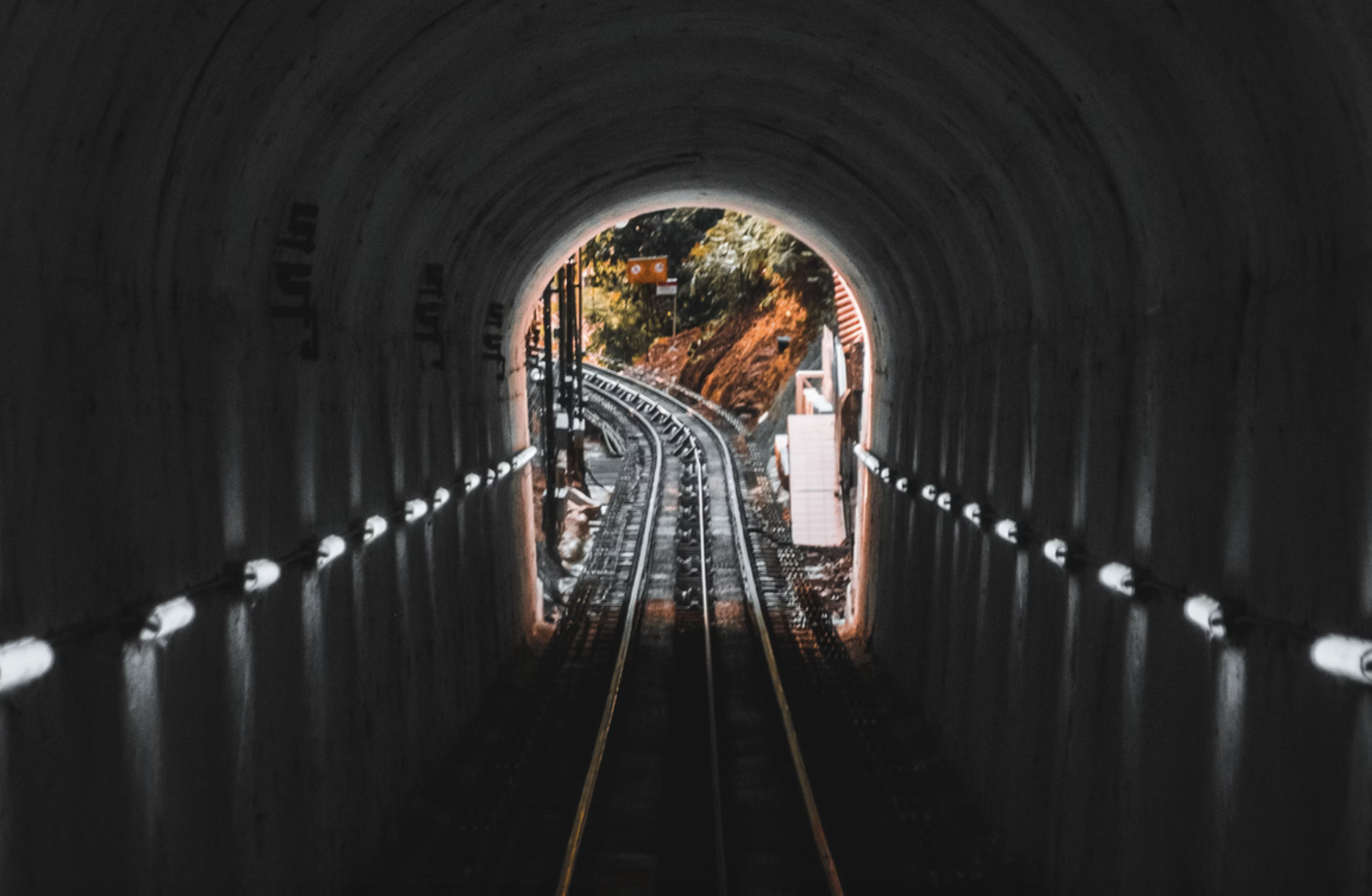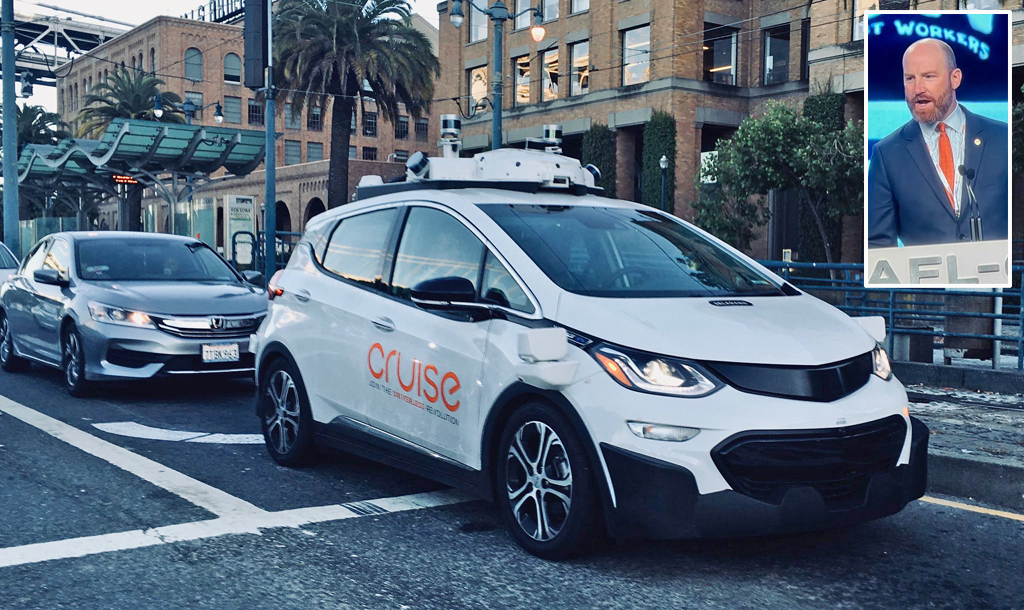Update 7/20: It has come to our attention that the complete draft of the Senate bill will include a hard commitment to bike-ped programs. Senate staff tells us that Sen. Barbara Boxer worked hard and was able to maintain her priorities in the bill, including dedicated federal support for bike infrastructure. More details will come out at tomorrow’s hearing on transportation in Boxer’s Environment and Public Works Committee, and we look forward to seeing a complete legislative draft soon. The rest of this article was written yesterday, before we received these assurances from staff.
The Senate EPW Committee just posted a transportation bill outline on their website, and despite previous assurances by committee chair Barbara Boxer (D-CA), there appears to be no dedicated funding for bicycling and pedestrian programs in the bill. The outline focuses on the consolidation of programs and streamlining project delivery, much like the House bill. The performance measures mentioned in the outline – while not necessarily a comprehensive list - don’t include emissions reductions, undoubtedly at the insistence of climate-denier Sen. James Inhofe (R-OK), ranking member of the committee.

The outline confirms that the Senate is working on a two-year bill but does not include the dollar amount. “Consolidation” is the name of the game these days and the Senate plays along, making seven core surface transportation programs into five, including a new Transportation Mobility Program, which "sub-allocates" some funds to metropolitan areas, and a National Freight Program, which proponents of multi-modalism have long pushed for.
It preserves the Congestion Mitigation and Air Quality Improvement Program, which funds some bike and pedestrian programs. Transportation Enhancements, another major way such programs are funded, will probably now be under CMAQ. It’s unclear whether the Recreational Trails Program will move to CMAQ as well. But although bike and pedestrian projects will still be eligible for funding, there appear to be no explicit funding guarantees for bike-ped projects, and how funding levels will shake out in the final analysis is anybody’s guess.
Like the House, the Senate bill offers states “the flexibility to fund these activities as they see fit” – which amounts to a revocation of the federal commitment to funding this work. Many states, absent a federal mandate, will spend virtually nothing on bike/ped infrastructure.
Bicycling advocates had asked for dedicated funding that doesn’t pit them against road projects, the same funding proportion as they had in SAFETEA-LU, and changes to Safe Routes to School. None of those features appear to be in this bill.
"It’s hard to know without seeing the details, but at first blush it doesn’t look good for bike and pedestrian issues," said Andy Clarke, president of the League of American Bicyclists. "Perhaps it’s to be expected that there’s nothing upfront in the language about protecting dedicated funding, given that it was a topic of some contention among the protagonists. But it’s pretty troubling to see no reference to any of the issues that affect cyclists and pedestrians – nothing about complete streets, nothing about dedicated funding."
The Senate bill expands and modifies the TIFIA loan program, as does the House bill, and does not mention an infrastructure bank. Boxer indicated in the fall that she was more friendly to an expansion of TIFIA than to a new entity, though more recently she has said that she supported the inclusion of an infrastructure bank in the bill.
On performance outcomes, the outline says:
MAP-21 focuses the highway program on key outcomes, such as reducing fatalities, improving bridges, fixing roads, and reducing congestion, in order to ensure that taxpayers are receiving the most for their money. States will set their own targets for improving safety, road and bridge condition, congestion, and freight movement.
Probably one of the greatest disappointments in the bill – or at least this outline – is the omission of emissions reductions as one of those performance goals. To set that as a national priority would elevate the importance of transit and active transportation programs. The emphasis here rests squarely with roads.
“Improving bridges” and “fixing roads” don’t really sound like performance outcomes, and bicycling advocates fear that, while safety is an essential goal, the fact that there are about 60 times more car fatalities per year than bike fatalities will translate into a far greater focus on car safety than bicycle safety.
By contrast, the Bipartisan Policy Center has suggested setting national transportation goals such as economic growth, metropolitan accessibility, energy security and environmental protection.
The bill does seek to improve state and metro planning processes “to incorporate a more comprehensive performance-based approach to decision making.”
The Banking Committee has not yet inserted its transit language, nor has the Commerce Committee come forward with its rail language, so this outline doesn’t say anything about those elements.
We understand that the full bill has not even been circulated to Democratic committee members yet, indicating that, despite the false hopes of last week, a formal bill introduction is not yet on the horizon. The committee is holding a hearing this Thursday on “issues” for the reauthorization. Boxer has promised to hold a hearing before marking up the bill, but the bill would have to be introduced a week in advance if the hearing were going to discuss actual bill text, and there is no longer time for that if the committee is going to mark up the bill before the August recess. So Thursday's hearing will likely be a more general discussion of transportation issues, using this brief outline as a guide.





